Home>Storage Ideas>Bathroom Storage>How To Shop Water-saving Bathroom Fittings: 5 Expert Eco Tips
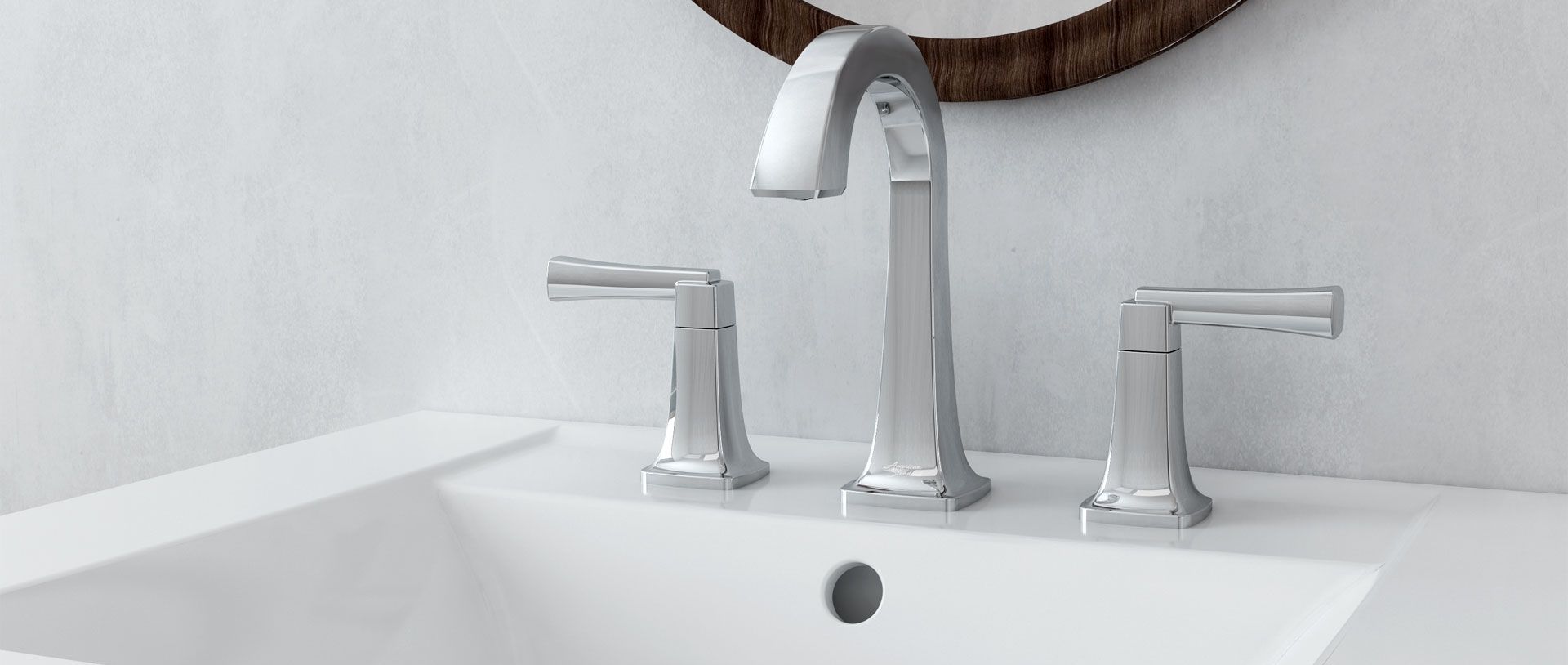

Bathroom Storage
How To Shop Water-saving Bathroom Fittings: 5 Expert Eco Tips
Modified: February 27, 2024
Learn how to shop for water-saving bathroom fittings and get expert eco tips for bathroom storage. Create an eco-friendly and efficient bathroom with these 5 tips.
(Many of the links in this article redirect to a specific reviewed product. Your purchase of these products through affiliate links helps to generate commission for Storables.com, at no extra cost. Learn more)
Introduction
Welcome to our comprehensive guide on shopping for water-saving bathroom fittings! In this article, we will provide you with expert tips and insights on how to choose eco-friendly options for your bathroom. By making some simple changes to your bathroom fixtures, you can significantly reduce water consumption and contribute to a more sustainable water future.
Water scarcity is a growing concern around the world. With population growth and climate change, it is crucial that we all take steps towards conserving water. The bathroom is one of the main areas in your home where water is used extensively, from toilets to showers, and faucets. By selecting water-saving fittings, you can minimize water waste without compromising functionality or style.
So, let’s dive in and discover five expert tips for shopping for water-saving bathroom fittings!
Key Takeaways:
- Save water and money by choosing water-efficient toilets, low-flow showerheads, and water-saving faucets. Look for WaterSense certification for guaranteed water efficiency and long-term cost savings.
- Consider compact bathtubs, water-saving cisterns, and sustainable bathroom fixtures to further minimize water waste. Make conscious choices to preserve water resources and create a sustainable bathroom oasis.
Tip 1: Consider water-efficient toilets
When it comes to water-saving bathroom fittings, one of the most significant contributors to water consumption is the toilet. Traditional toilets can use up to 5-7 gallons of water per flush, which is not only wasteful but also costly over time. The good news is that there are now water-efficient toilets available on the market that can reduce water usage without compromising on performance.
One option to consider is a dual-flush toilet. This type of toilet offers two flushing options: a half flush for liquid waste and a full flush for solid waste. By using the appropriate flush option, you can significantly reduce water usage. On average, a dual-flush toilet uses only 0.8-1.6 gallons per flush, resulting in substantial water savings.
Another option is a low-flow toilet, which uses advanced technology to achieve water savings. These toilets use less water per flush, typically ranging from 1.28 to 1.6 gallons. Despite using less water, they are designed to maintain a powerful flush and effectively remove waste.
Furthermore, some toilets incorporate advanced features like pressure-assisted flushing or gravity-assisted flushing. Pressure-assisted toilets use air pressure to force water into the bowl, resulting in a strong and efficient flush. Gravity-assisted toilets, on the other hand, rely on gravity to move water and waste through the pipes.
When shopping for water-efficient toilets, look for products that have been independently tested and certified for water efficiency, such as those labeled with the WaterSense logo. WaterSense is a program sponsored by the Environmental Protection Agency (EPA) that promotes water efficiency and certifies products that meet their stringent criteria.
By investing in a water-efficient toilet, you can significantly reduce your water consumption, save money on your water bills, and contribute to a more sustainable future.
Tip 2: Look for low-flow showerheads
When it comes to water usage in the bathroom, showers are another major contributor. Traditional showerheads can use a significant amount of water, often around 2.5 gallons per minute (gpm) or more. However, by switching to low-flow showerheads, you can make a significant impact on your water consumption without sacrificing your shower experience.
Low-flow showerheads are designed to restrict the flow of water while still delivering a satisfying shower. They typically use around 1.5 gpm or less, which can result in substantial water savings. By reducing the flow rate, these showerheads help conserve water without compromising on water pressure or the overall showering experience.
When shopping for low-flow showerheads, there are several options to consider. One popular choice is an aerating showerhead, which mixes air with the water stream to create the sensation of a higher flow while using less water. Another option is a laminar flow showerhead, which produces individual streams of water instead of a mist-like spray. This type of showerhead is ideal for locations with low water pressure.
Additionally, some low-flow showerheads come equipped with adjustable settings, allowing you to customize the water flow to your liking. This feature is especially useful for households with varying preferences for water pressure.
When selecting a low-flow showerhead, look for the WaterSense label to ensure that it meets the EPA’s water efficiency standards. You can also consider showerheads with additional features such as self-cleaning nozzles or water-saving modes that further enhance their eco-friendly capabilities.
By installing a low-flow showerhead, you can conserve water with every shower while still enjoying a refreshing and invigorating experience.
Tip 3: Choose water-saving faucets
When it comes to bathroom fittings, faucets play a crucial role in water consumption. Traditional faucets can use around 2.2 gallons of water per minute (gpm) or even more, leading to significant water waste. However, by opting for water-saving faucets, you can make a substantial impact on reducing water usage without compromising functionality.
Water-saving faucets are designed to deliver a satisfying flow of water while using less water per minute. These faucets typically have a flow rate of 1.5 gpm or less, resulting in significant water savings without a noticeable difference in water pressure or overall performance.
When shopping for water-saving faucets, look for options with aerators. Aerators are small devices that mix air with the water stream, reducing the flow while still maintaining the feeling of adequate water pressure. This technology allows you to have a pleasant and efficient experience while conserving water.
In addition to aerators, some water-saving faucets incorporate sensor technology. These faucets have motion sensors that detect when hands are placed underneath and automatically turn on the water flow. This feature eliminates the need to manually adjust the faucet, reducing the risk of accidentally leaving the water running and further conserving water.
Another consideration when choosing water-saving faucets is the type of valve they use. Ceramic disc valves are the most durable and reliable option, ensuring a tight seal and preventing leaks. By preventing leaks, you can avoid unnecessary water waste, ultimately saving both water and money.
Like toilets and showerheads, water-saving faucets can receive certification from programs such as WaterSense. When selecting faucets, look out for the WaterSense label to ensure that you are choosing a product that meets the EPA’s water efficiency standards.
By selecting water-saving faucets, you can significantly reduce water consumption in your bathroom and contribute to a more sustainable water future.
When shopping for water-saving bathroom fittings, look for products with the WaterSense label, which indicates they meet EPA water efficiency and performance criteria.
Tip 4: Opt for water-saving bathroom fixtures
In addition to toilets, showers, and faucets, there are other bathroom fixtures that can contribute to water savings. By considering water-saving options for these fixtures, you can further reduce your water consumption and make your bathroom more eco-friendly.
One important bathroom fixture to consider is the bathtub. Traditional bathtubs can hold a large volume of water, and filling them up can be quite wasteful. If you enjoy taking baths, you can opt for a smaller, more compact bathtub that requires less water to fill. Alternatively, you can also consider installing a bathtub with a built-in water-saving feature, such as a lower capacity or an insulated design to maintain water temperature.
Another water-saving fixture to consider is the bathroom sink. Traditional sink faucets can have a high flow rate, leading to unnecessary water waste. Consider replacing your sink faucet with a water-saving aerator, similar to the ones used in showerheads. This will reduce the flow of water while still providing a sufficient amount for washing hands and other activities.
Additionally, consider installing a water-saving toilet cistern or tank. These systems are designed to reduce the amount of water needed to flush the toilet. They often come with dual-flush mechanisms or adjustable flush options, allowing you to choose the appropriate flush volume based on the waste being disposed of.
Lastly, pay attention to other fixtures in the bathroom such as towel racks and shower curtains. Opt for options that are sustainably made and contribute to water conservation efforts. For instance, choose shower curtains made from eco-friendly materials or towel racks that encourage air circulation to help towels dry faster and reduce the need for frequent washing.
By considering water-saving options for these bathroom fixtures, you can further minimize water waste and create a more sustainable bathroom environment.
Tip 5: Install a dual-flush toilet
When it comes to water-saving bathroom fittings, one of the most effective options is to install a dual-flush toilet. Dual-flush toilets offer two flushing options: a half flush for liquid waste and a full flush for solid waste. By choosing the appropriate flush option, you can significantly reduce water usage in the bathroom.
The half flush option typically uses around 0.8 gallons of water, while the full flush option uses around 1.6 gallons. Compared to traditional toilets that use 5-7 gallons per flush, dual-flush toilets can result in substantial water savings. According to some estimates, a dual-flush toilet can save up to 68% of water compared to a conventional toilet.
Installing a dual-flush toilet is not only cost-effective but also environmentally friendly. By conserving water, you can contribute to water conservation efforts and reduce the strain on water resources.
When shopping for a dual-flush toilet, look for products with high-efficiency ratings. The Environmental Protection Agency’s (EPA) WaterSense program certifies water-efficient toilets. Look for the WaterSense label to ensure that the toilet meets their rigorous standards for water efficiency.
In addition to water-saving benefits, dual-flush toilets also offer other advantages. They can help prevent clogged pipes and reduce the risk of sewer backups due to their efficient flushing mechanisms. These toilets are also available in a variety of styles, designs, and sizes, ensuring that you can find one that fits your bathroom aesthetic and space requirements.
If you already have a conventional toilet, you can install a dual-flush retrofit kit. These kits are designed to convert your existing toilet into a dual-flush system, making it a cost-effective and eco-friendly alternative to replacing the entire toilet.
Installing a dual-flush toilet is a smart and sustainable choice for water conservation. By opting for this water-saving bathroom fitting, you can make a significant difference in reducing water usage and promoting a more environmentally friendly bathroom.
Conclusion
Creating a water-efficient bathroom doesn’t have to be complicated or expensive. By following these expert tips and choosing water-saving bathroom fittings, you can significantly reduce your water consumption and contribute to a more sustainable future.
Consider installing water-efficient toilets, such as dual-flush or low-flow options, to minimize water waste and save on your water bills. Look for showerheads and faucets with lower flow rates or aerators to maintain the same level of functionality while using less water. Opt for water-saving bathroom fixtures like compact bathtubs, water-saving cisterns, and sustainably made towel racks and shower curtains to further conserve water.
When shopping for water-saving bathroom fittings, be sure to look for certifications such as WaterSense, sponsored by the EPA, to ensure that the products meet stringent water efficiency standards. These certified fittings will not only help you save water but also enjoy long-term cost savings.
Remember, every drop counts. By making conscious choices in your bathroom, you can play your part in preserving our precious water resources and creating a more sustainable world.
So, it’s time to take action! Start implementing these expert tips and make your bathroom a water-saving oasis. Together, we can make a difference for the environment and future generations.
Frequently Asked Questions about How To Shop Water-saving Bathroom Fittings: 5 Expert Eco Tips
Was this page helpful?
At Storables.com, we guarantee accurate and reliable information. Our content, validated by Expert Board Contributors, is crafted following stringent Editorial Policies. We're committed to providing you with well-researched, expert-backed insights for all your informational needs.
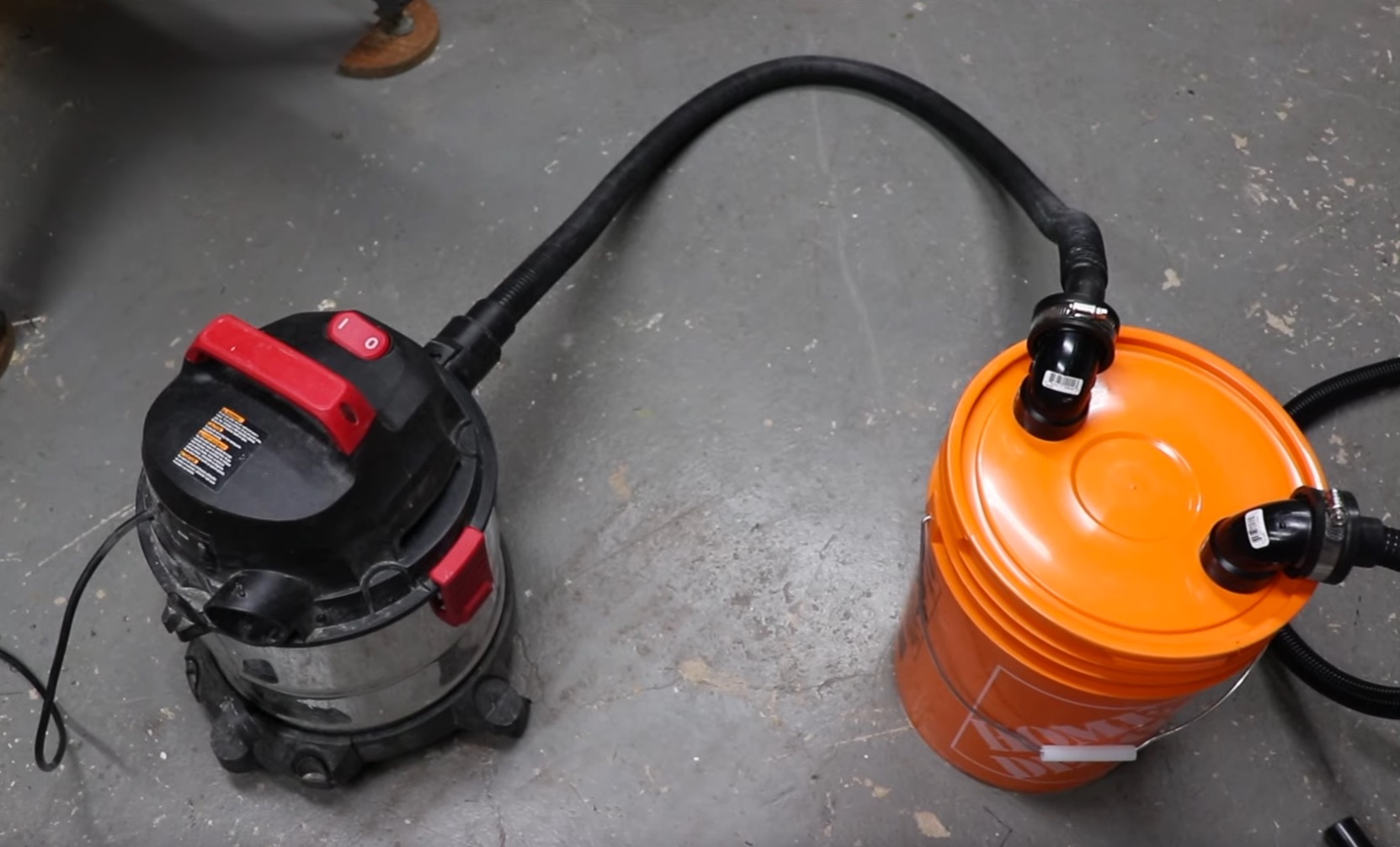
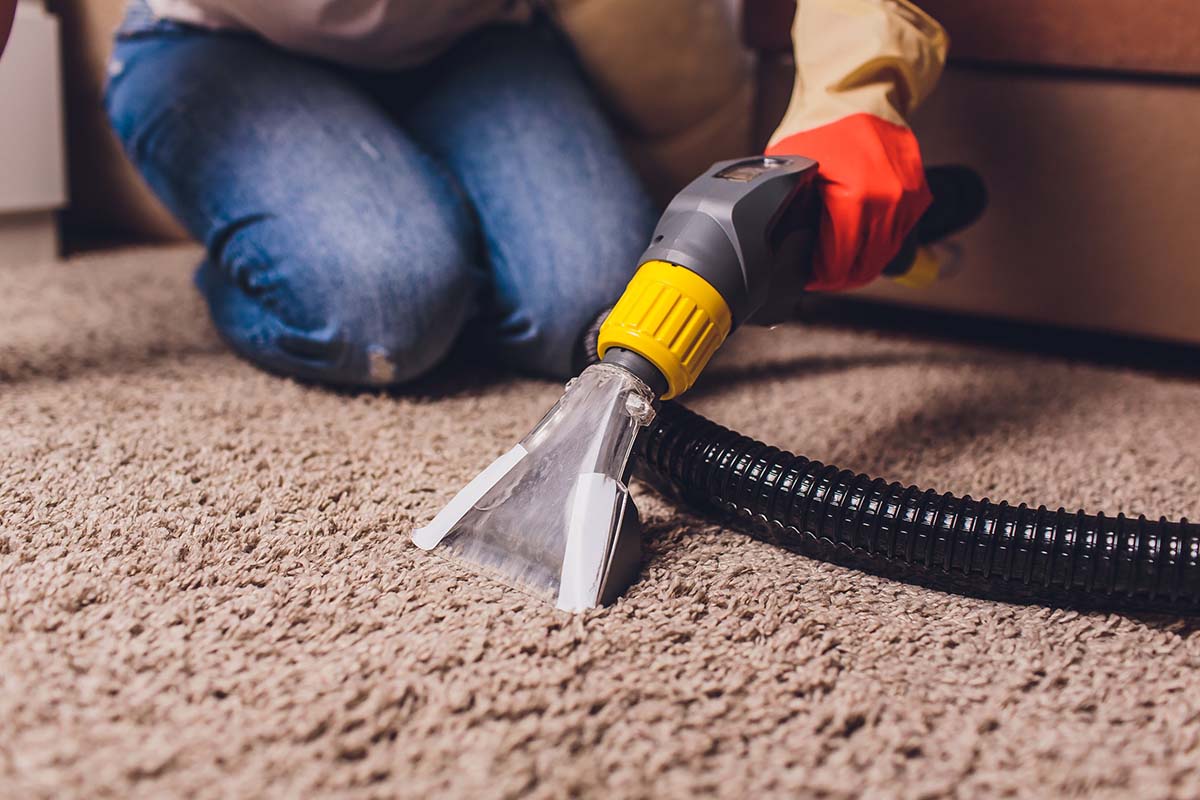
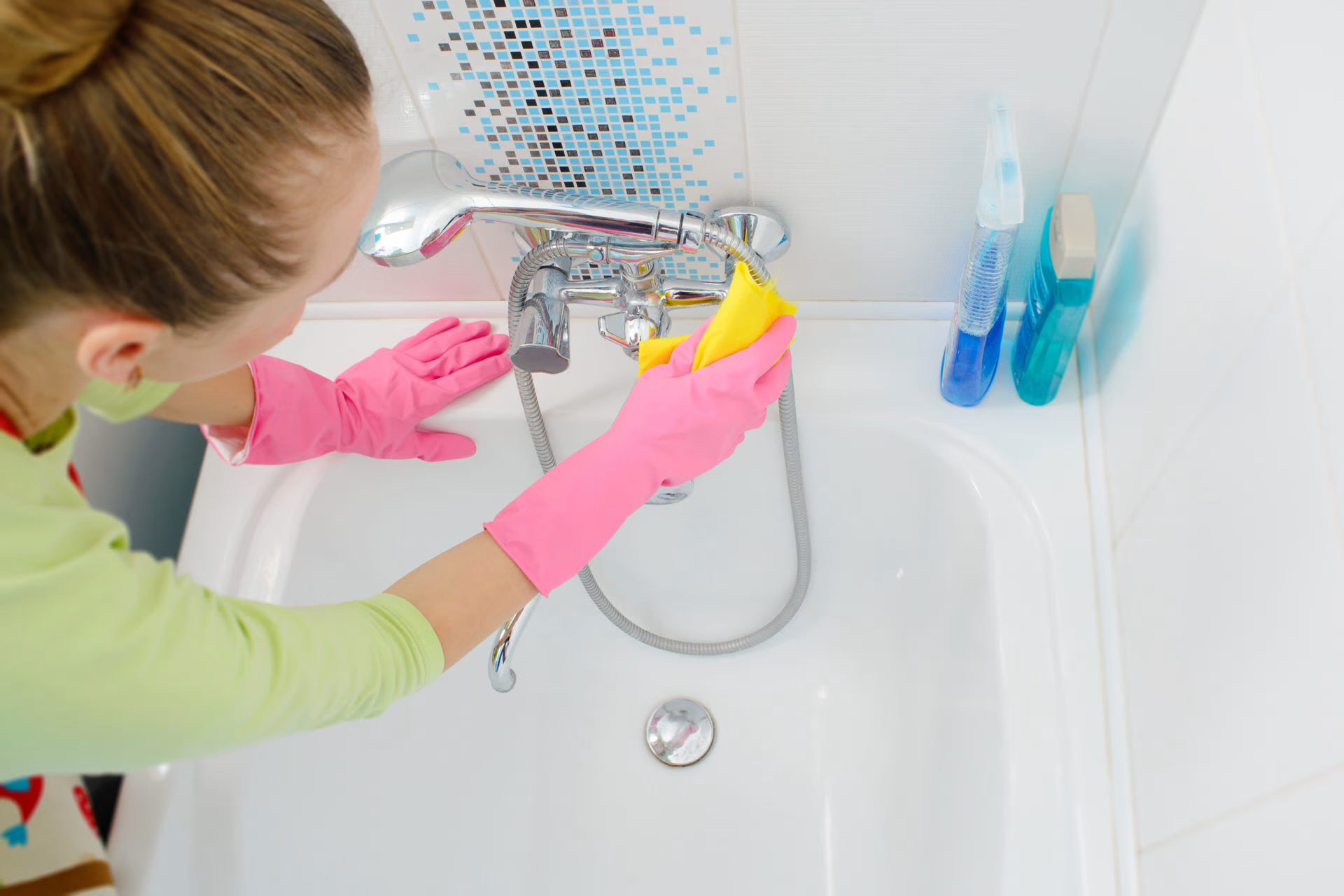
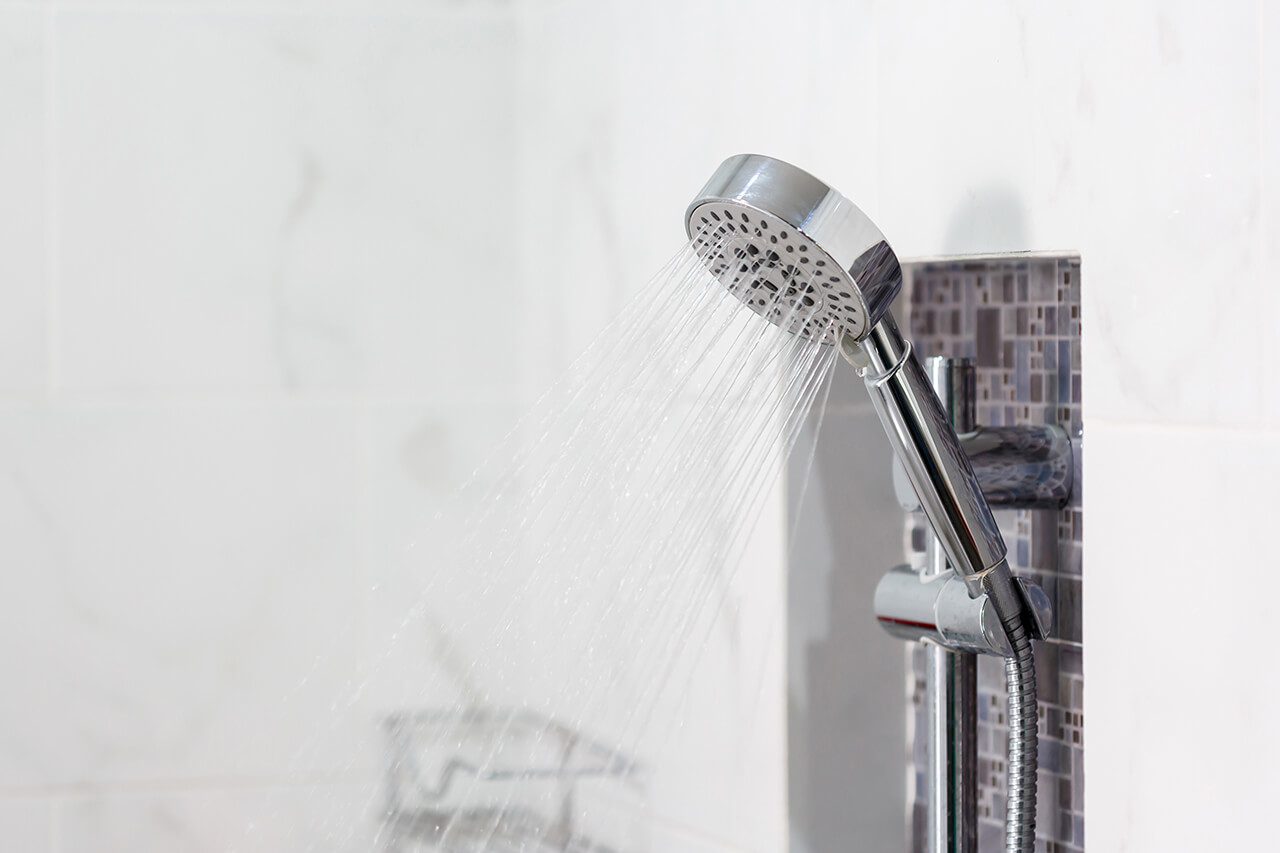
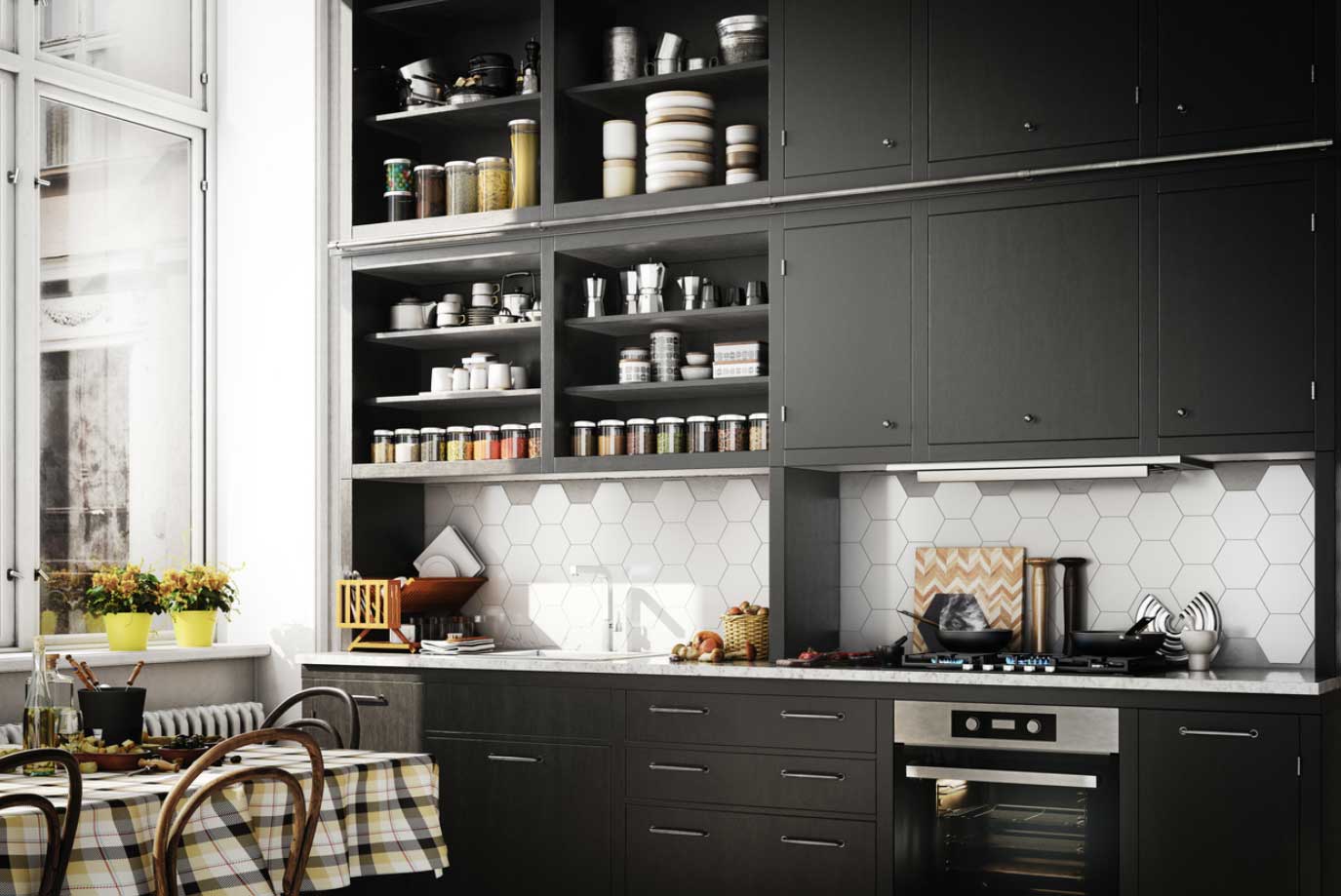
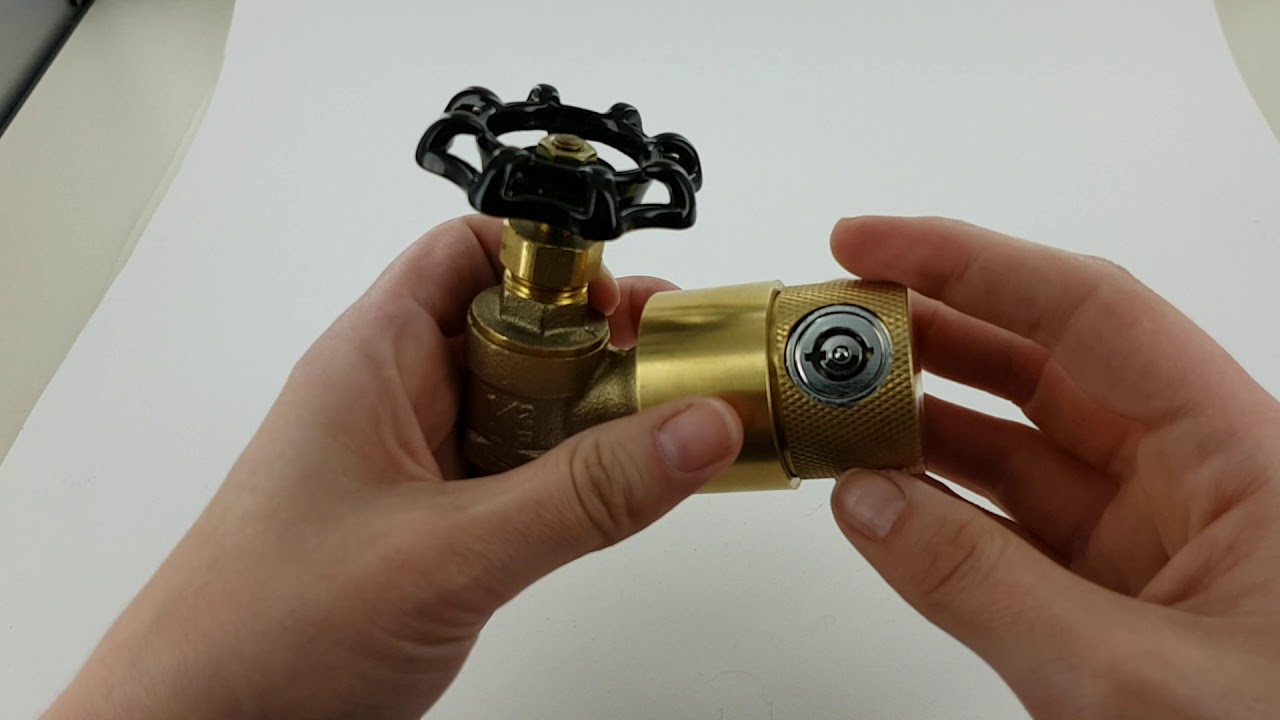
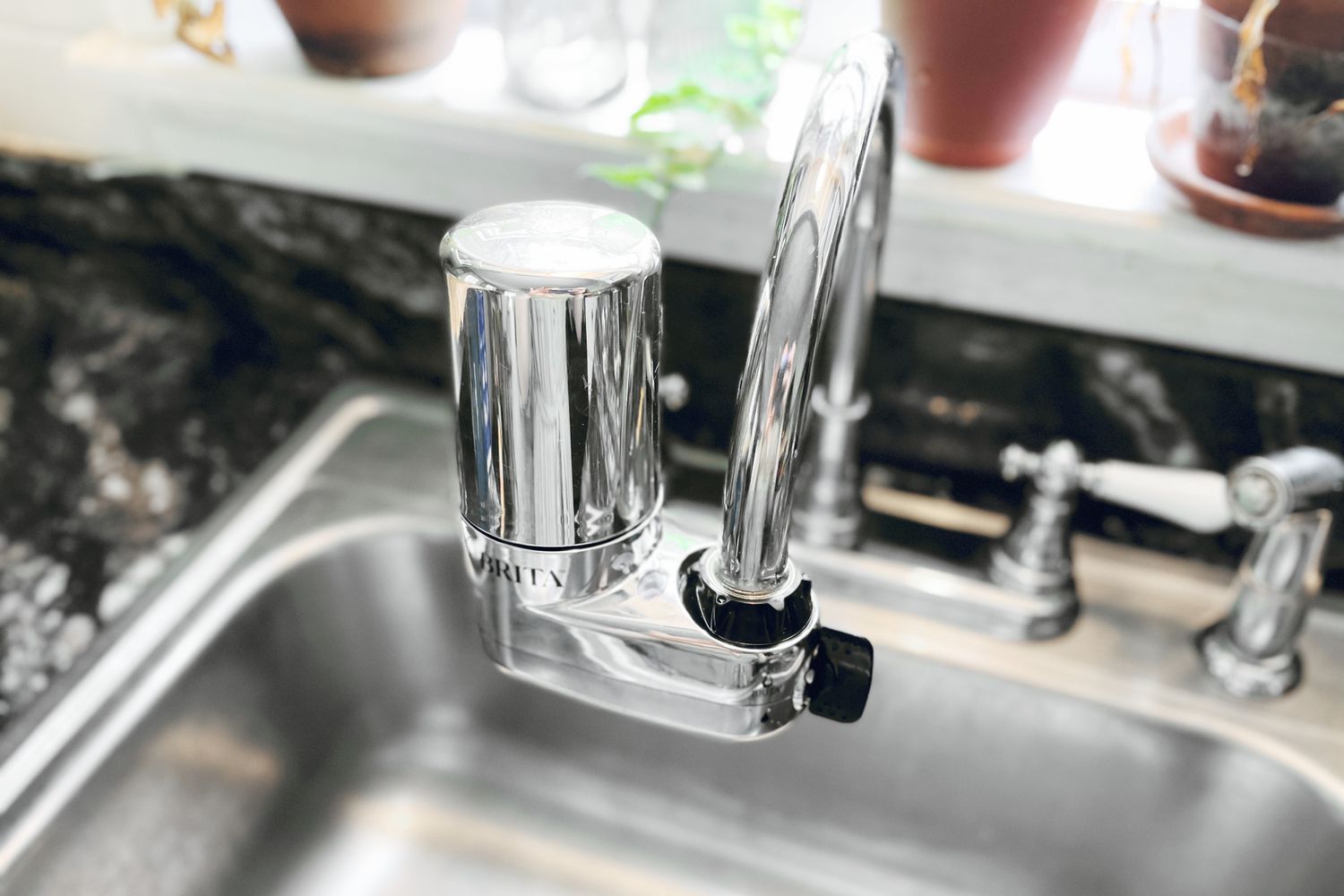
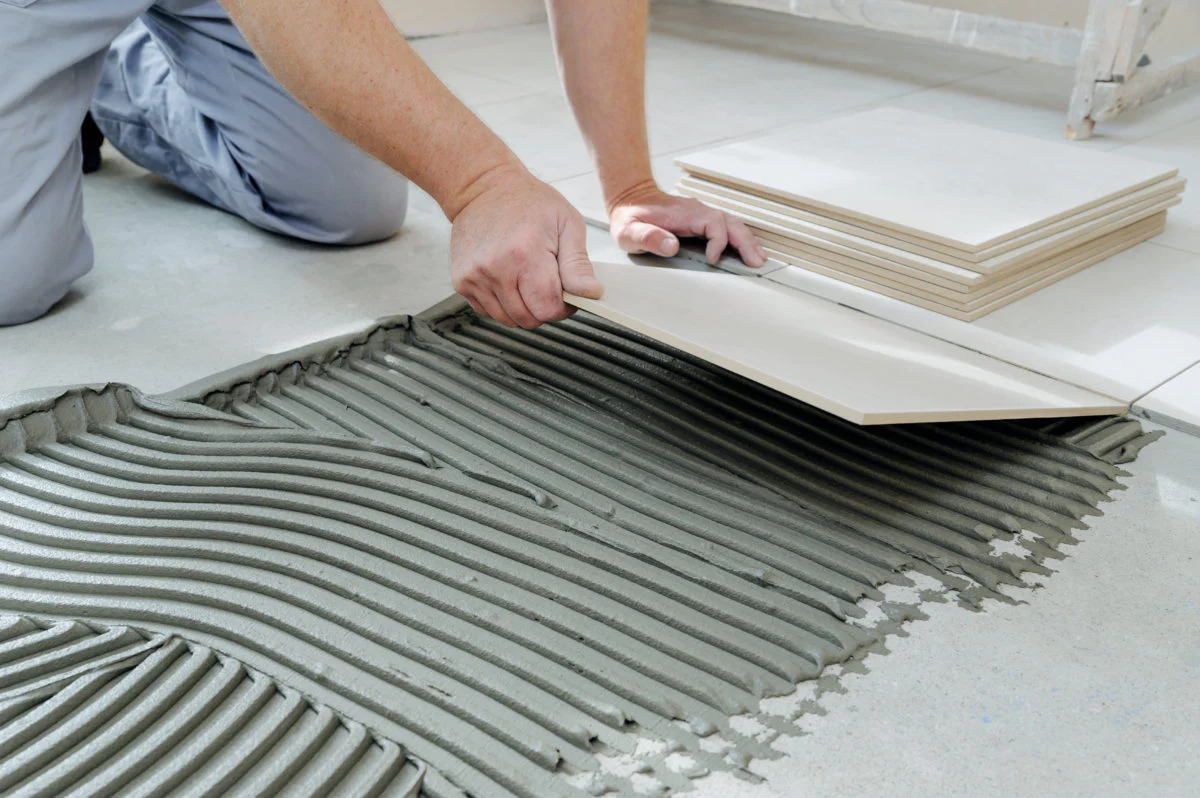
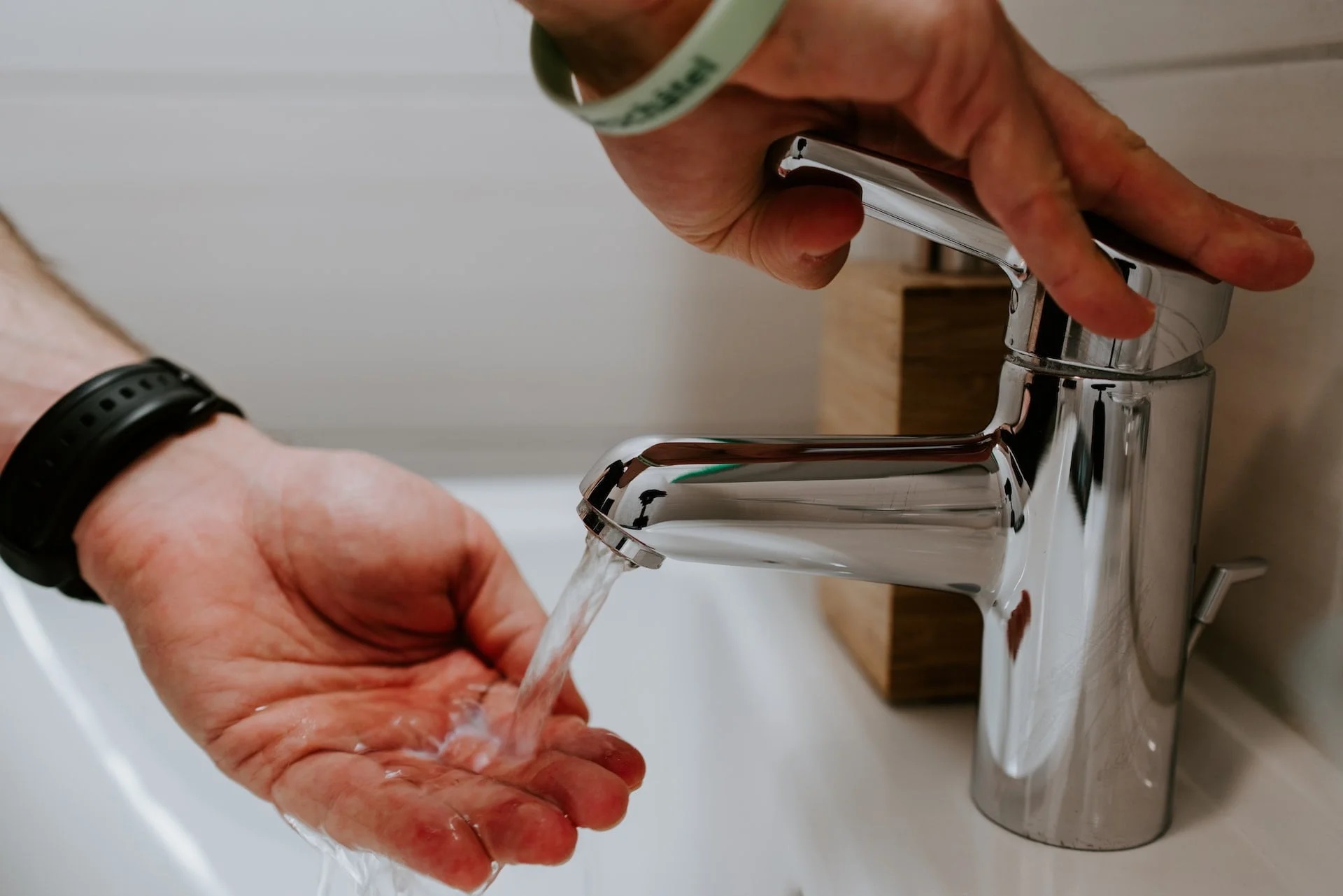
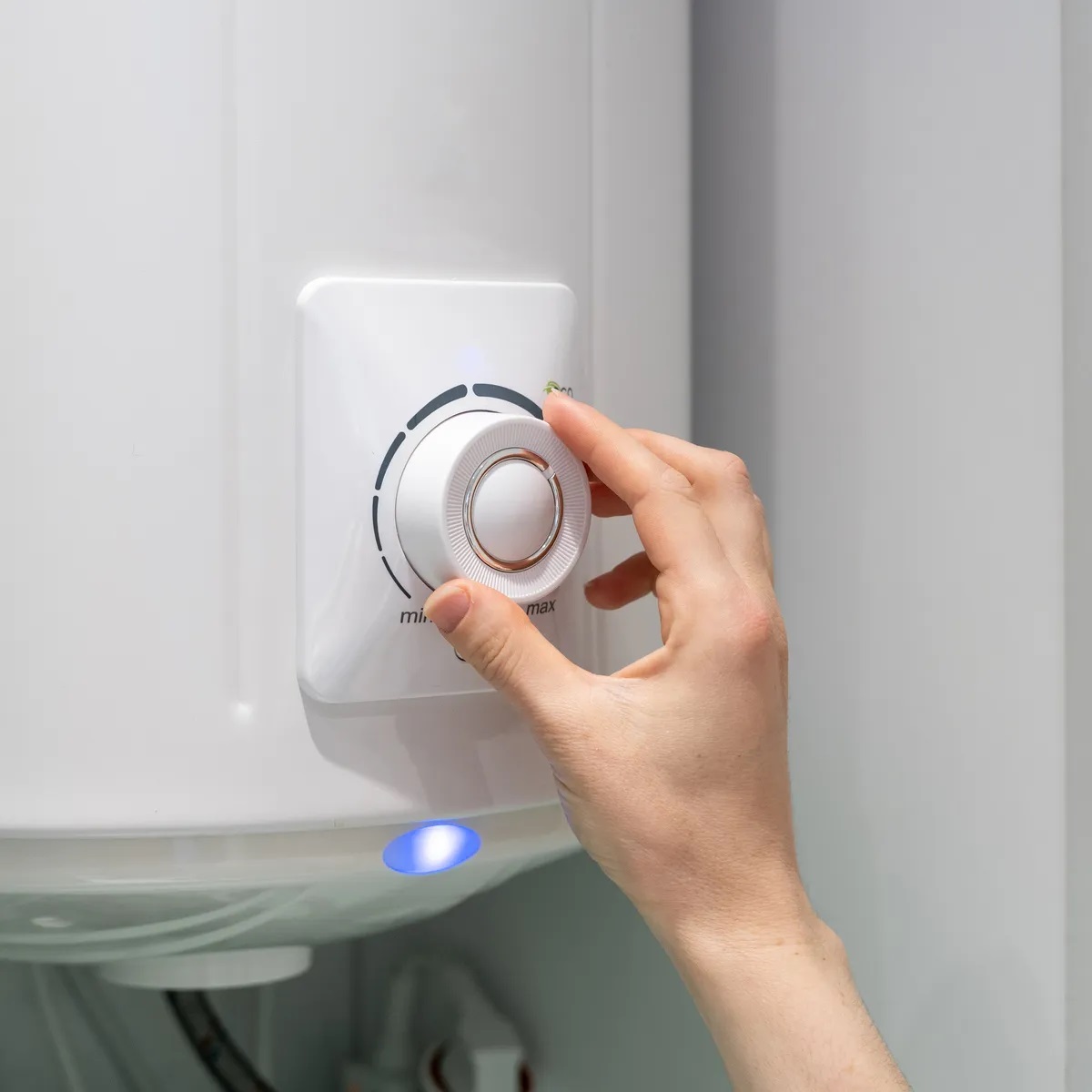
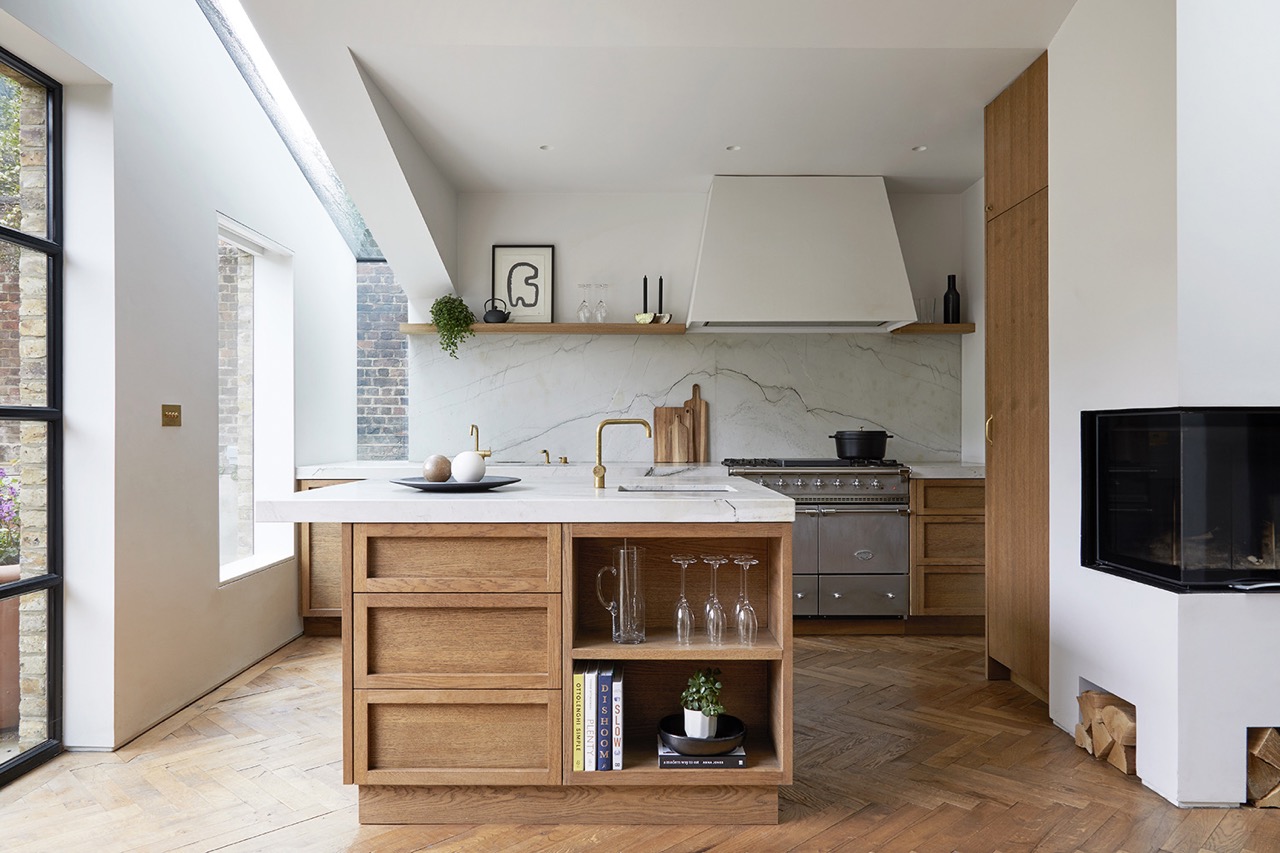
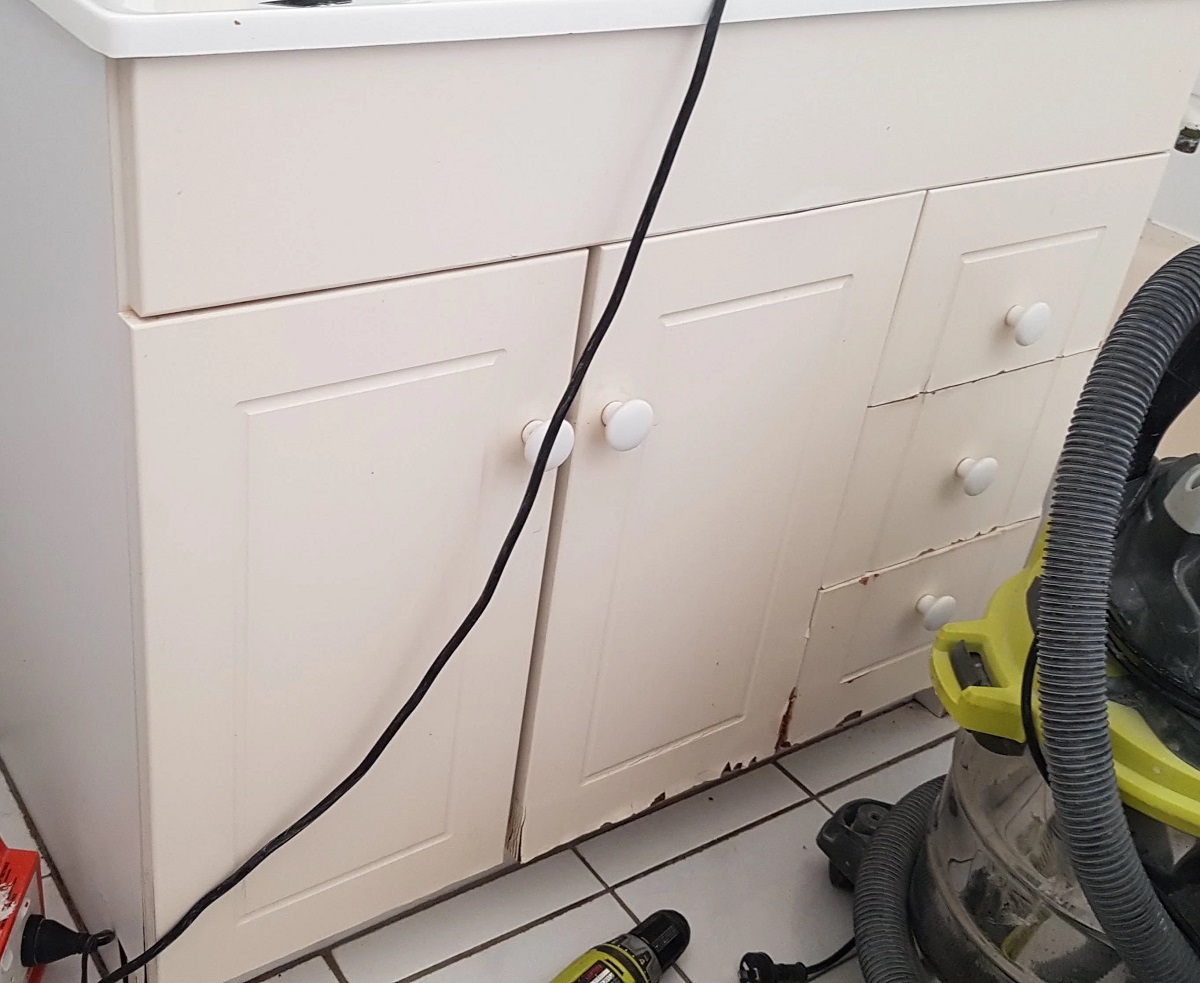
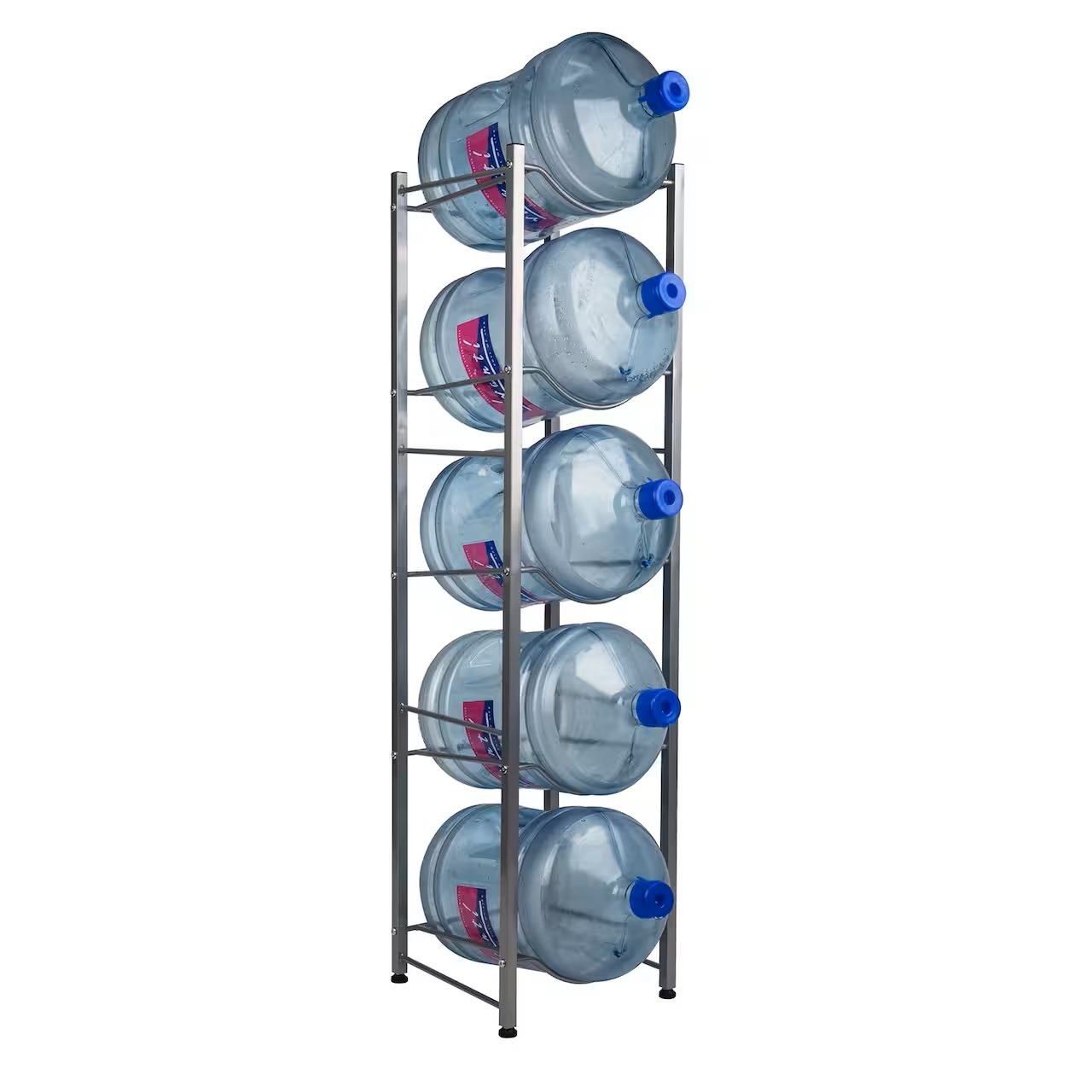
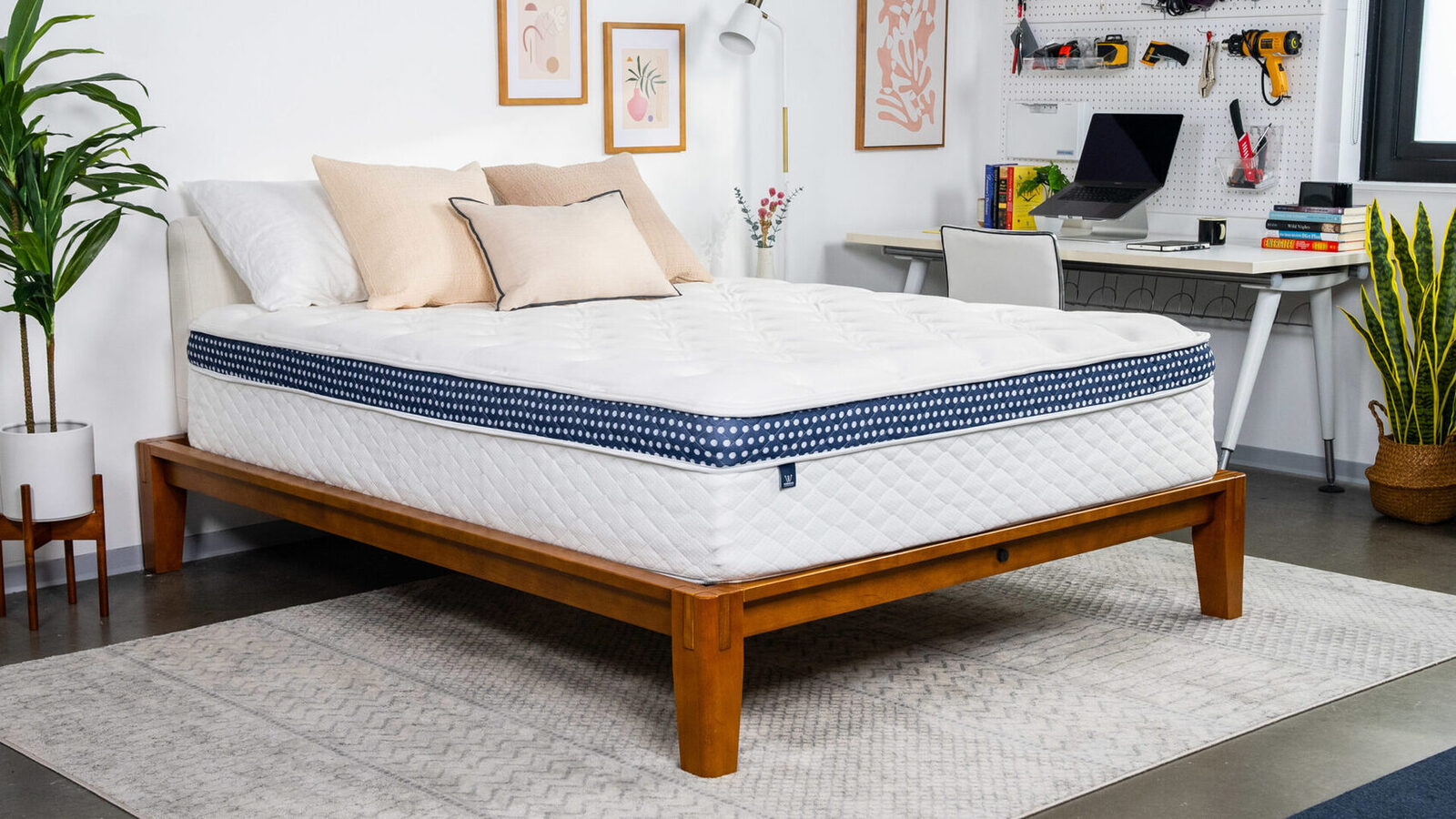

0 thoughts on “How To Shop Water-saving Bathroom Fittings: 5 Expert Eco Tips”